Cracking the Case of South India’s Missing Vegetables
A food designer used quarantine to track down the mystery produce in his grandmother’s cookbook.
Akash Muralidharan’s quest to find forgotten South Indian vegetables began when he cleaned out his bedroom. It was January 2020, and he had just returned to his home city of Chennai after finishing his master’s degree in Food Design and Innovation in Milan. Like many students returning home after graduation, Muralidharan found that his childhood bedroom had become a storeroom. Muralidharan was clearing space for himself when he spotted it: his grandmother Kamala Natarajan’s copy of Samaithu Par.
Published in 1951, Samaithu Par, translated to English as Cook and See, is a classic text of 20th-century vegetarian Tamil Brahmin cooking. Authored by Meenakshi Ammal, a widow turned chef-auteur, the book consists of 350 recipes for beloved dishes including sambar, rasam, payasam, and uppuma.
At a time when both vernacular Indian cookbooks and widows’ participation in public life were rare in Tamil Nadu, Samaithu Par was trailblazing. It became a staple of young women’s bridal trousseaus and a culinary lifeline for the Tamil Brahmin families who migrated to the United States and Europe in a time when letters lagged and bad lines often cut phone calls short. Today, Samaithu Par remains a beloved reference for home cooks looking to recreate their grandmother’s recipes, as well as outsiders learning the basics of one of South India’s many region- and community-specific cuisines.
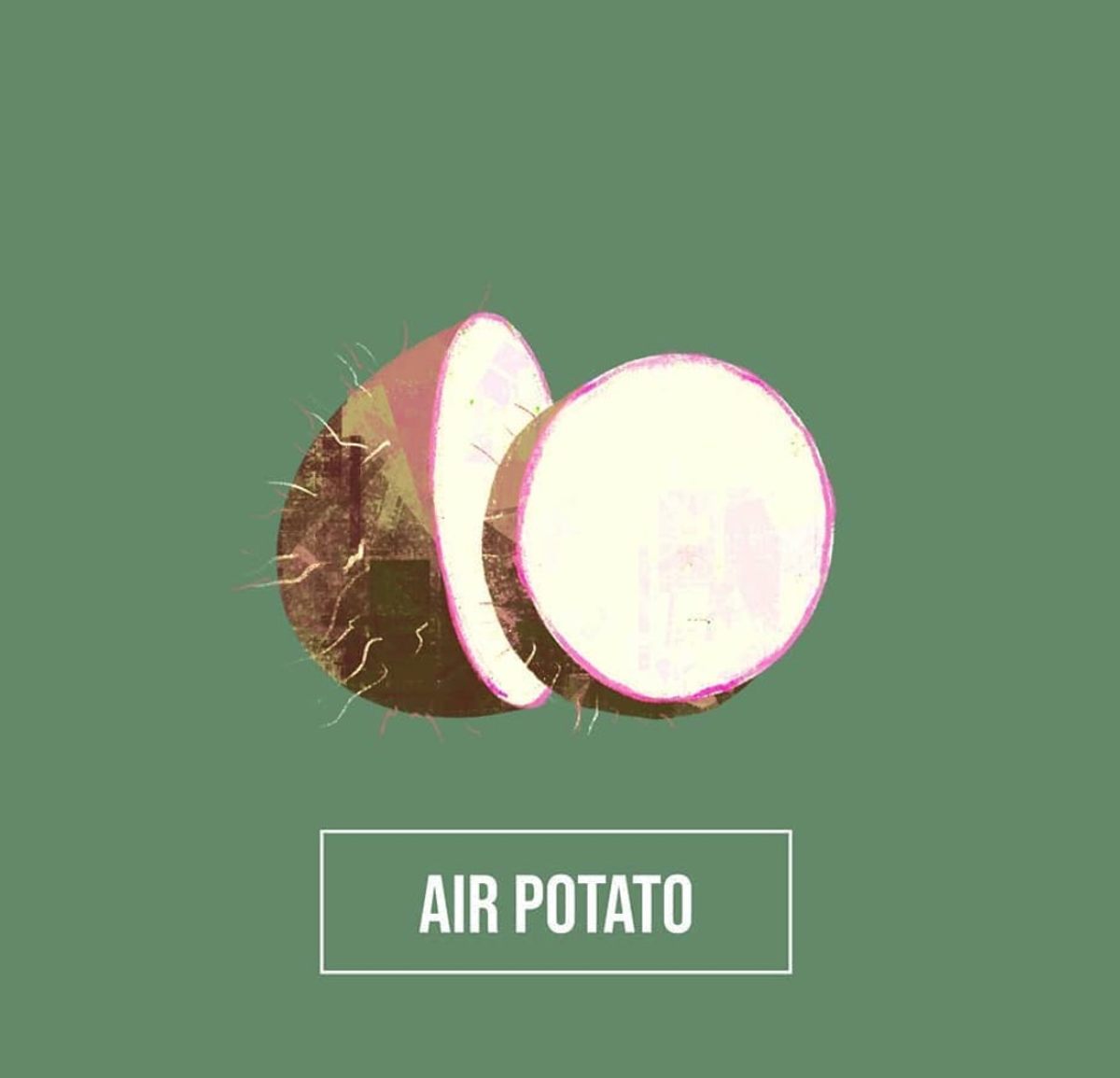
Muralidharan’s paati, or grandmother, had also received Samaithu Par as a wedding present. As Muralidharan flipped through her spotless copy, the recipes were redolent with memories. “She was one person who introduced me to food,” he says.
Muralidharan had grown up in a joint family that included his paati Kamala, cousins, and aunts and uncles. Kamala would rest in the afternoon, reading Cook and See until she leapt up, entered the kitchen, and recreated its contents by memory. Muralidharan had spent long childhood days by her side, taste-testing as she prepared the daily meals. Now, 14 years after her death, the discovery of his grandmother’s classic cookbook was a happy omen.
So Muralidharan began cooking. Meenakshi Ammal’s instructions unfurled from the pages of Samaithu Par as though given voice, the senior cook’s written Tamil commentary a mixture of reassurance and motherly criticism. “You would keep reading it like a storybook, not like a cookbook,” he says of Ammal’s prose.

As Muralidharan cooked, he spotted a mystery in Cook and See’s ingredients lists. Many of the recipes were nostalgic classics, made with common ingredients. Yet Muralidharan also encountered vegetables that even he, as a native Chennai resident and a food professional, didn’t recognize. These included kaai valli kodi, called air potato in English; siru kizhangu, or coleus potato; and mookuthi avarai, or clove bean.
The mysterious produce left Muralidharan wondering: “If they are not in my kitchen, where are they?”
Muralidharan is a collaborator with the Center for Genomic Gastronomy, a think tank that uses art and science to promote food justice and biodiversity through projects like “smog tastings.” The case of the disappearing vegetables was perfect fodder for such a project.
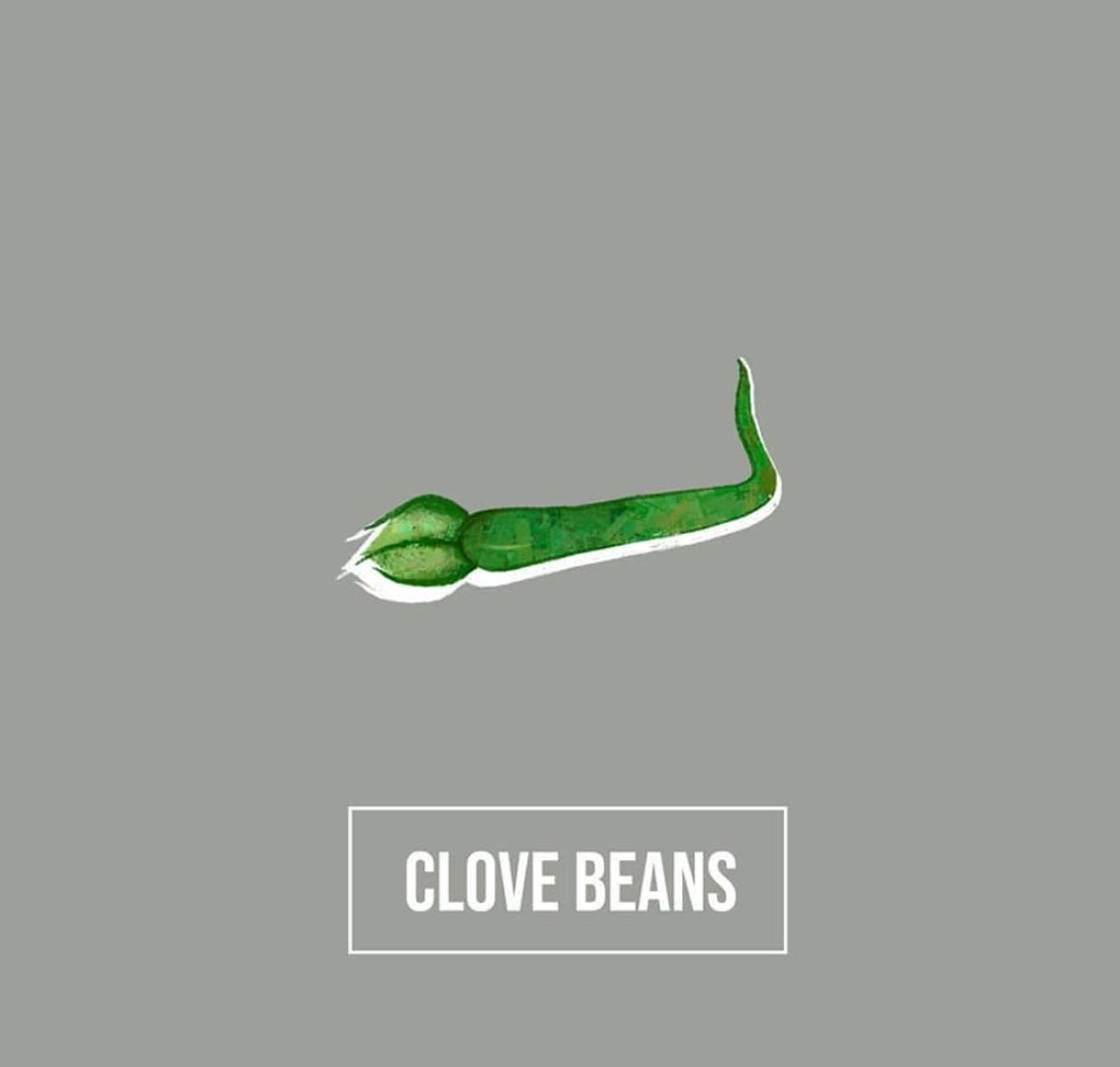
So Muralidharan undertook a 100-day Samaithu Par cooking challenge. Beginning March 1, 2020, he cooked a recipe from the book each day, documenting his journey with Instagram in posts illustrated by collaborators Priyadarshini Narayana and Shrishti Dabolkar. Of the 80 different vegetables called for in the recipes, the team had difficulty finding around 20 varieties. Muralidharan scoured Chennai, searching hidden nooks and sprawling markets. He asked neighbors if they’d heard of the vegetables and whether they still cooked with them.
“The majority of them had memories of these vegetables, they were nostalgic about them, but none of them know why they don’t cook with them anymore,” says Muralidharan.
As he searched, Muralidharan, too, recalled fleeting memories of some of the traditional ingredients. He recalled manathakkali, or sunberries, a vaguely licorice-flavored and inky-black berry found across Eurasia, that his grandmother used to grow in his childhood home’s yard. He’d had difficulty finding them ever since the family moved to a new house.

It was clear that, in the decades since Ammal had published Samaithu Par, something had shifted, not just within households, but across the region’s farms.
Muralidharan’s observation reflects a broader sea change in agriculture across India and the world. Over 10,000 years of human agriculture, farmers across the world developed hundreds of thousands of varieties of fruits, vegetables, grains, and tubers, each suited to their unique climate. These cultivars reflect the ecological conditions and cultural preferences of the people who farmed them, and shaped palates and landscapes in turn. Since the late 1800s, however, the rise of industrial agriculture has decimated local cultivars. From 1900 to 2000, farmers lost 75 percent of plant genetic diversity.
This decline in regional variety has hit India particularly hard. While India contains 2 percent of the world’s landmass, it’s home to 8 percent of the world’s biodiversity, including agricultural biodiversity. Yet since the Green Revolution of the 1950s and 60s, this agricultural diversity has been increasingly supplanted by a few, less-nutritious varieties of wheat, corn, and rice.

Seeking to boost agricultural productivity, engineers from Indian and multinational corporations, government ministries, and NGOs encouraged Indian farmers to take up monoculture, or the intensive farming of a single crop. Government and private agencies incentivized farmers’ adoption of fewer, more standardized, higher-yield grains, which supplanted local cultivars that farmers had been developing for hundreds, even thousands, of years. They encouraged Indian farmers to adopt more intensive irrigation systems, and to use synthetic fertilizers. The resulting boost in agricultural productivity was dubbed the Green Revolution.
While the Green Revolution made India one of the world’s leading wheat and rice exporters, widespread hunger and profound inequality persist. Meanwhile, the shift to monoculture has had wide-reaching negative impacts on local farmers and ecosystems.
Historically, Indian farmers, like all of the world’s traditional farmers, saved and traded their own seeds year after year. But higher-yield varieties introduced during the Green Revolution were often patented, meaning that farmers now have to purchase new seeds annually, usually from large multinational agro-companies like Monsanto. Intensive monoculture depleted local water tables, and the purchase of patented seeds drove farmers deep into debt—something many have blamed for a rise in Indian farmers’ suicides. “The wiping out of ancient varieties has produced a captive market,” says Sangita Sharma, Chairperson of Annadana, a non-profit working to conserve heirloom Indian seeds.

As a result of this captive market, heirloom vegetable varieties, such as mookuthi avarai or clove bean, have become increasingly rare in India, as in much of the world. Many of these threatened varieties now exist mostly in India’s rural small-holds, where farmers stash the last seeds of dying cultivars in sheds and—as Sharma saw first-hand on one collecting sojourn, when an old woman reached under her mattress to press a packet of heirloom seeds into Sharma’s hands—among their personal belongings.
It’s these heirloom vegetables that were missing from Muralidharan’s recreation of Samaithu Par. To locate them, Muralidharan planned to leave bustling Chennai for the green hinterlands of agricultural South India. But a few weeks into the experiment, Covid-19 arrived in India.
The devastation extended to Tamil Nadu’s produce trade. On April 24, a cluster of coronavirus cases was detected at Chennai’s Koyambedu vegetable market, a bustling hub of leafy greens and nectar-ripe fruit that is one of the largest of such markets in Asia.

With an extended lockdown putting his plans for a grand South Indian vegetable voyage on hold, Muralidharan made do with phone and internet, filling his quarantine days with research on the vegetables he couldn’t find in the flesh. Even without the first-hand field work, however, Muralidharan’s resulting project, posted on Instagram, invites viewers to consider the historical reasons why certain kinds of produce enter (or fall out of) a group’s cuisine.
In the case of Cook and See, vegetables tells a story of both regional agriculture and social traditions. Meenakshi Ammal was born into, and married into, a Tamil Brahmin family near Madurai. Brahmins occupy the apex position in South Asia’s hierarchical caste system, a system of brutal social and economic stratification that shapes groups’ hereditary occupations and cultural traditions, including food. Regional availability of ingredients, as well as beliefs about ritual purity and pollution, shape different caste groups’ food traditions, according to Balmurli Natrajan, an anthropology professor at William Paterson University who researches vegetarianism in India.

As a result, while 97.5 percent of people in Tamil Nadu eat meat, many Tamil Brahmin communities are traditionally vegetarian. Accordingly, the recipes in Cook and See lack meat and eggs. They also largely omit vegetables that many traditional Tamil Brahmins consider taboo, such as garlic and sorakkai, or bottle gourd. At the same time, the presence of vegetables such as kaai valli kodi, or air potato, reveal the agricultural diversity that has rapidly become a casualty of monoculture.
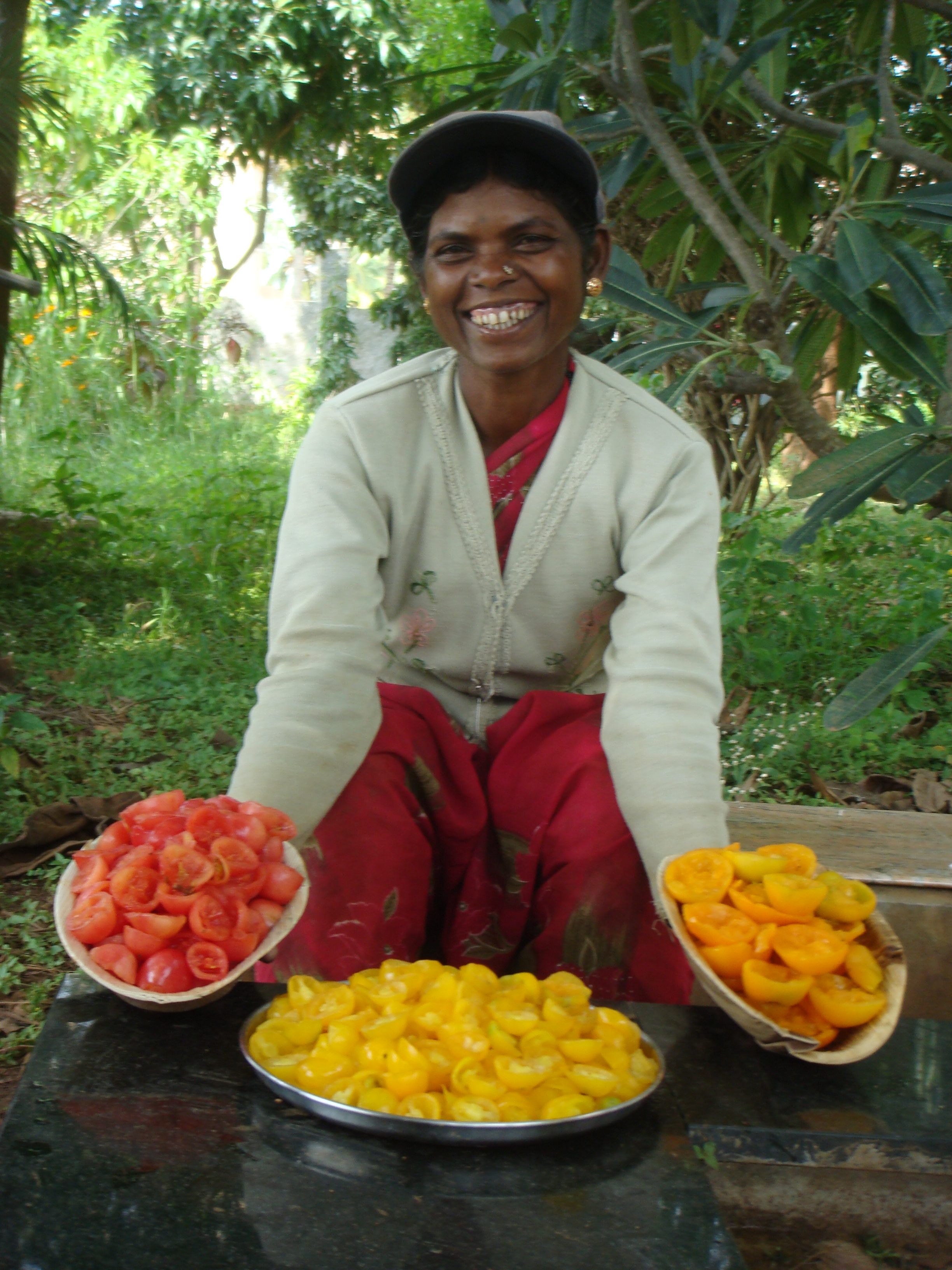
Today, Indian activists, including Sharma (of the seed-saving group Annadana), Muralidharan, and a network of indigenous chefs are determined to revive some of this lost diversity. Sharma and her group have dedicated several plots of land to revitalizing heirloom Indian crops, including a two-acre urban farm in the heart of Bangalore, South India’s sprawling tech hub. There, Annadana grows dozens of rare and hyper-local varieties of rice, vegetables, and beans, including sevandanpatti eggplant and other traditional South Indian vegetables. The group also trains farmers on seed saving and organic-farming techniques.
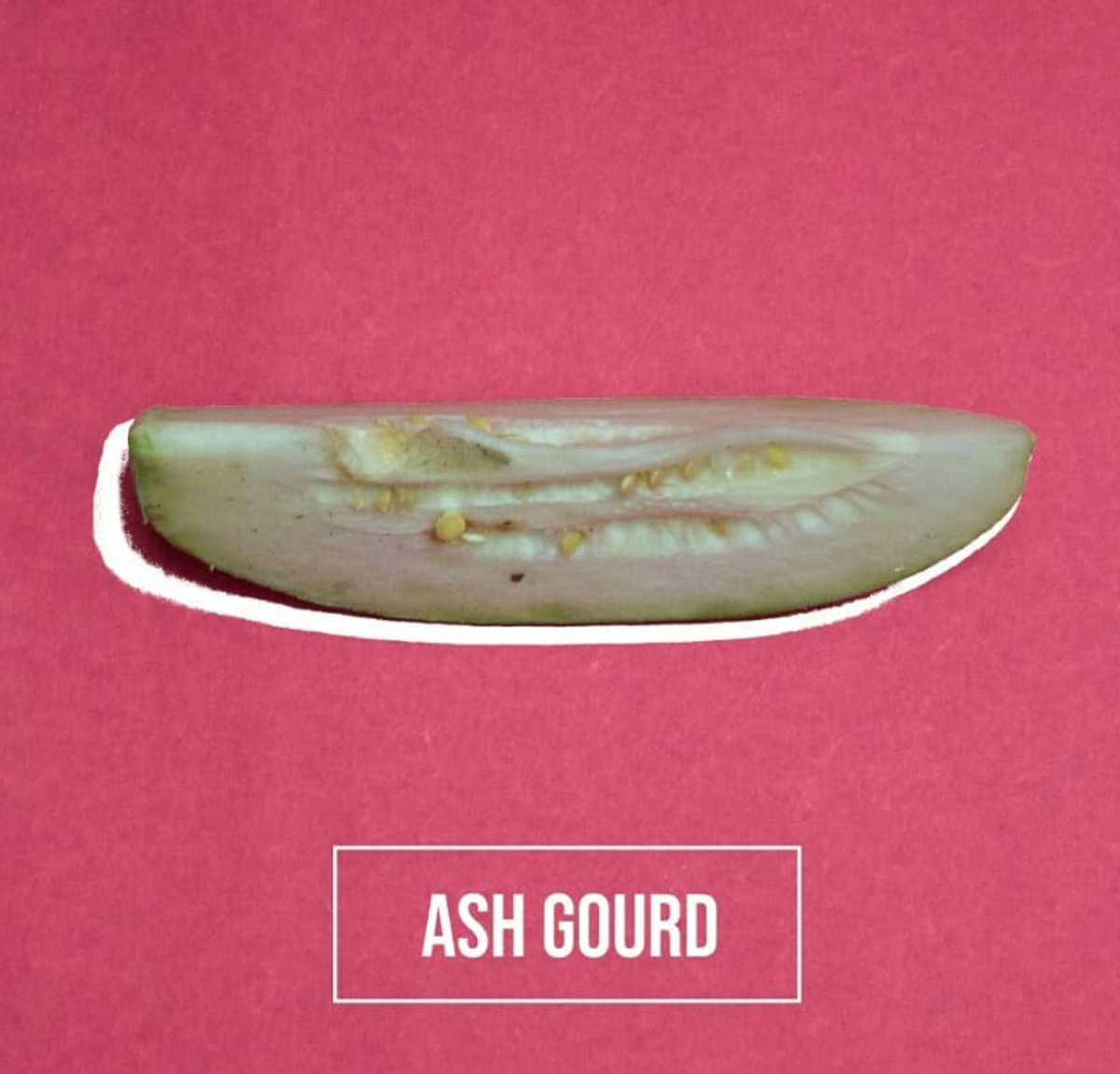
For his part, Muralidharan is dreaming up ways to combine his formal culinary-design training with his grandmother’s homespun legacy and his craving for produce past. He envisions a menu that combines celebrated global ingredients with South Indian vegetables such as pooshanikai, or ash gourd. “How about a caviar with ash gourd?” he proposes. Like Meenakshi Ammal and his grandmother Kamala before him, Akash Muralidharan is going to cook and see.
You can join the conversation about this and other stories in the Atlas Obscura Community Forums.
Gastro Obscura covers the world’s most wondrous food and drink.
Sign up for our regular newsletter.



























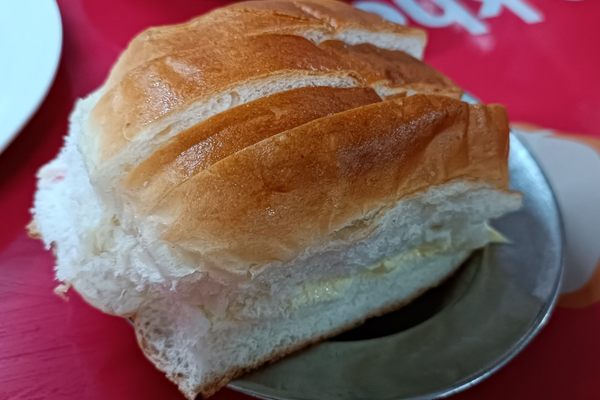

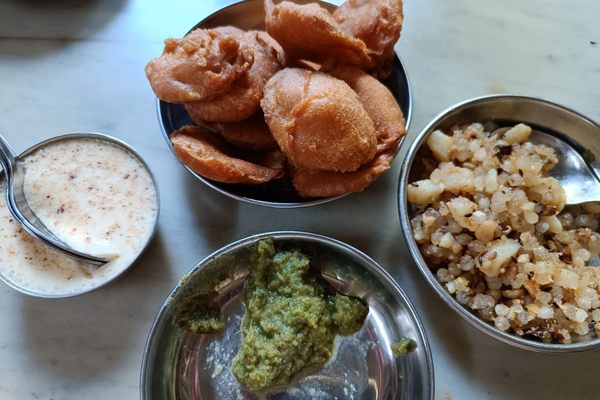




Follow us on Twitter to get the latest on the world's hidden wonders.
Like us on Facebook to get the latest on the world's hidden wonders.
Follow us on Twitter Like us on Facebook